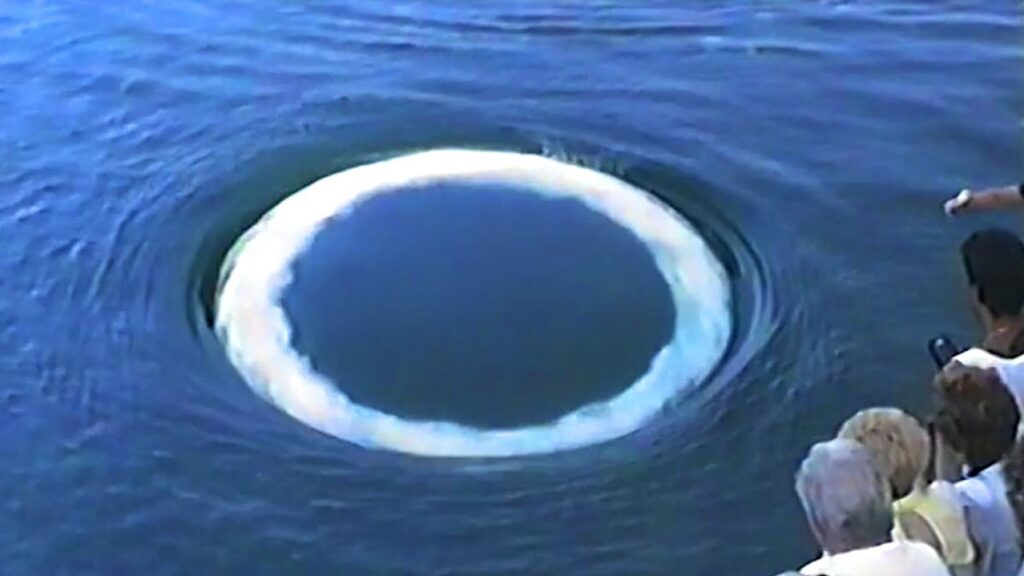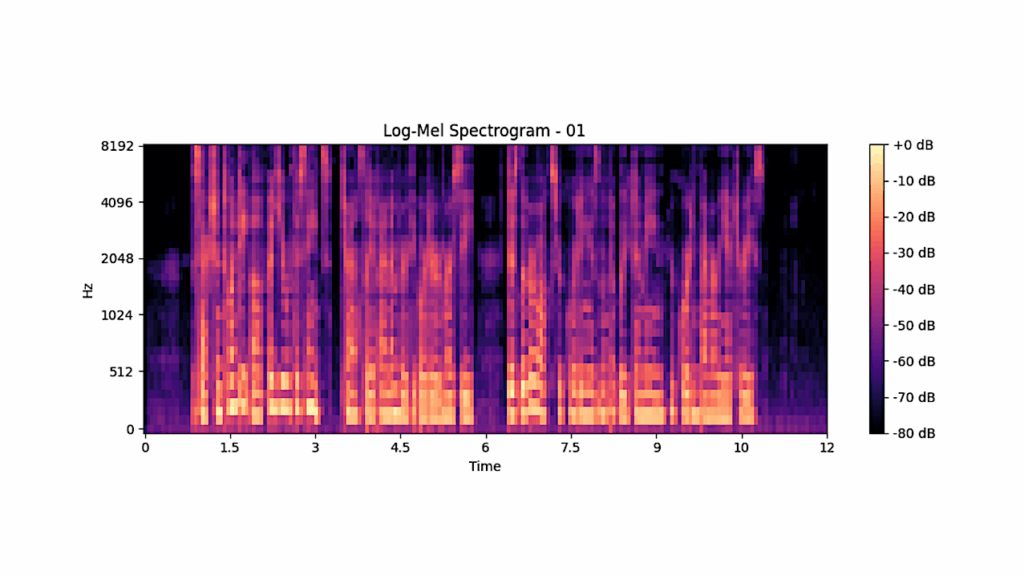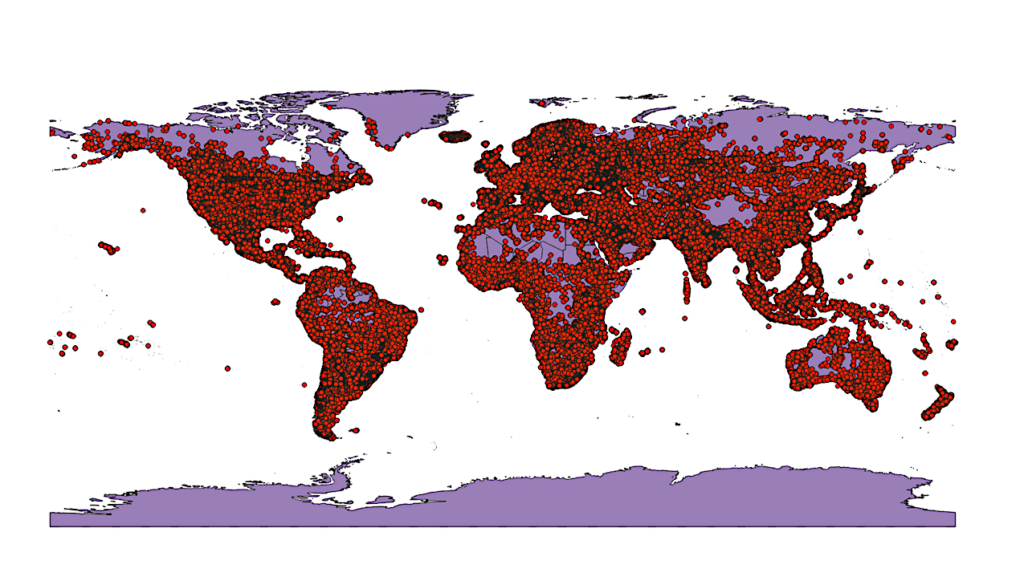SETI In Russia, USSR And The Post-Soviet Space: A Century Of Research

Studies on extraterrestrial civilisations in Russia date back to the end of the 19th century. The modern period of SETI studies began in the USSR in the early 1960s.
The first edition of the I.S. Shklovsky’s book Universe, Life, Intelligence published in 1962 was a founding stone of SETI research in the USSR. A number of observational projects in radio and optical domains were conducted in the 1960s – 1990s. Theoretical studies focused on defining optimal spectral domains for search of artificial electromagnetic signals, selection of celestial targets in search for ETI, optimal methods for encoding and decoding of interstellar messages, estimating the magnitude of astro-engineering activity of ETI, and developing philosophical background of the SETI problem.
Later, in the 1990s and in the first two decades of the 21st century, in spite of acute underfunding and other problems facing the scientific community in Russia and other countries of the former Soviet Union, SETI-oriented research continued. In particular, SETI collaborations conducted a number of surveys of Sun-like stars in the Milky Way, searched for Dyson spheres and artificial optical signals. Several space broadcasting programs were conducted too, including a radio transmission toward selected stars. Serious rethinking was given to incentives for passive and active participation of space civilisations in SETI and CETI.
This paper gives an overview of past SETI activities. It also gives a comprehensive list of publications by authors from Russia, the Soviet Union and the post-Soviet space, as well as some SETI publications by other authors. The rich heritage of SETI research presented in the paper might offer a potentially useful background and starting point for developing strategy and specific research programs of the near future.
Lev M. Gindilis, Leonid I. Gurvits
(Submitted on 7 May 2019)
Comments: 51 pages, 4 figures, 179 references
Subjects: Instrumentation and Methods for Astrophysics (astro-ph.IM); Popular Physics (physics.pop-ph)
Journal reference: Acta Astronautica, 2019, https://doi.org/10.1016/j.actaastro.2019.04.030
Cite as: arXiv:1905.03225 [astro-ph.IM] (or arXiv:1905.03225v1 [astro-ph.IM] for this version)
Submission history
From: Leonid Gurvits
[v1] Tue, 7 May 2019 07:25:30 UTC (1,445 KB)
https://arxiv.org/abs/1905.03225
Astrobiology, SETI








